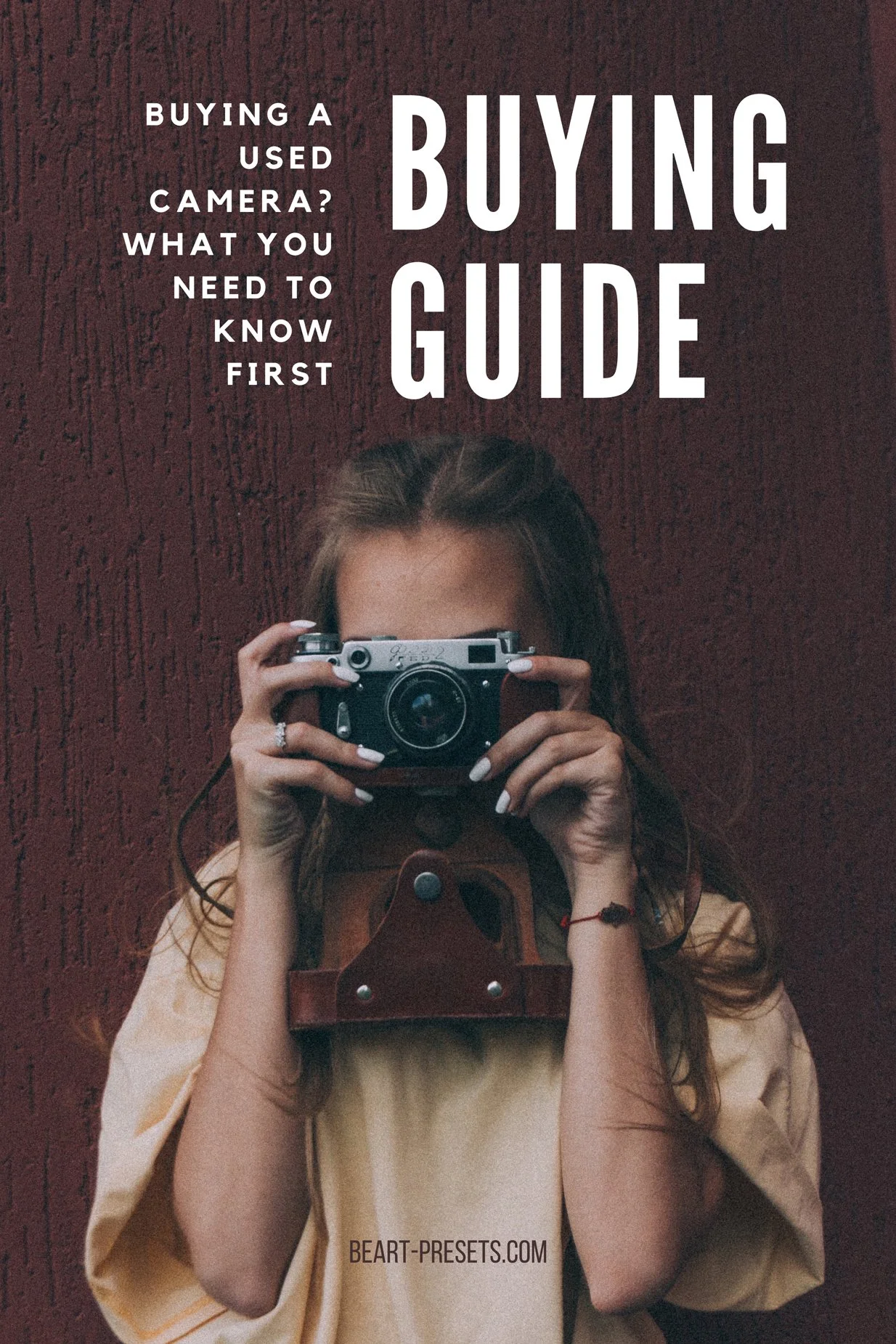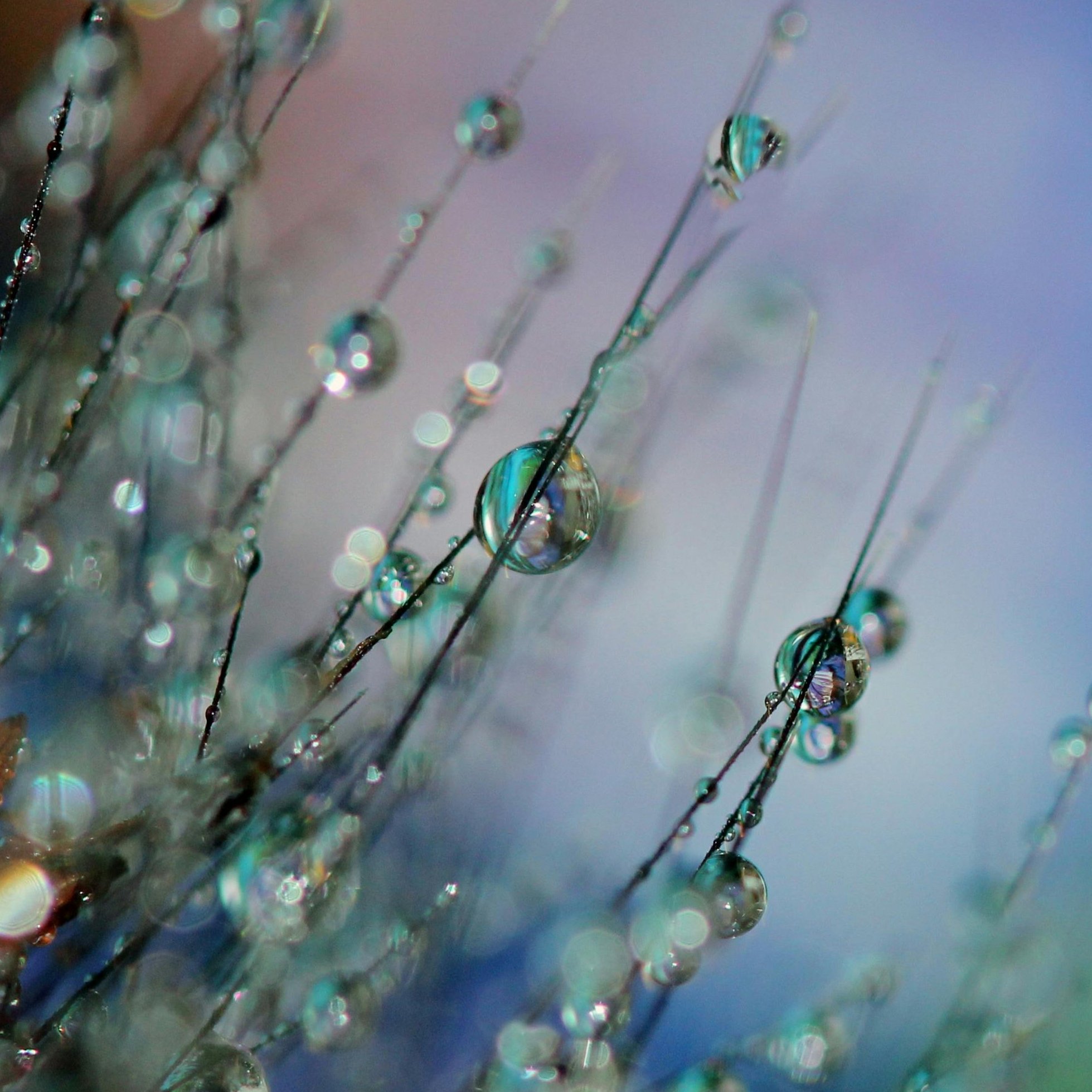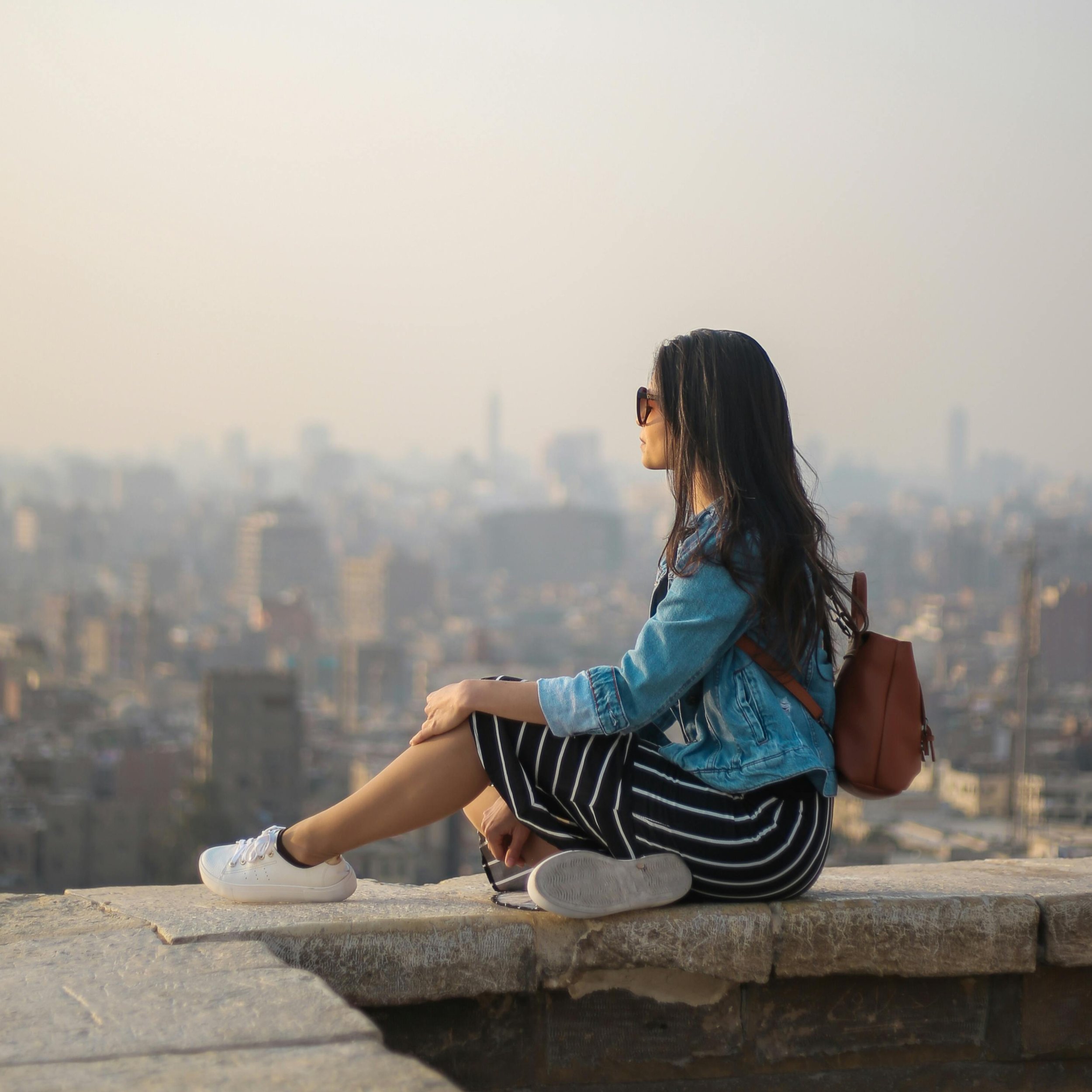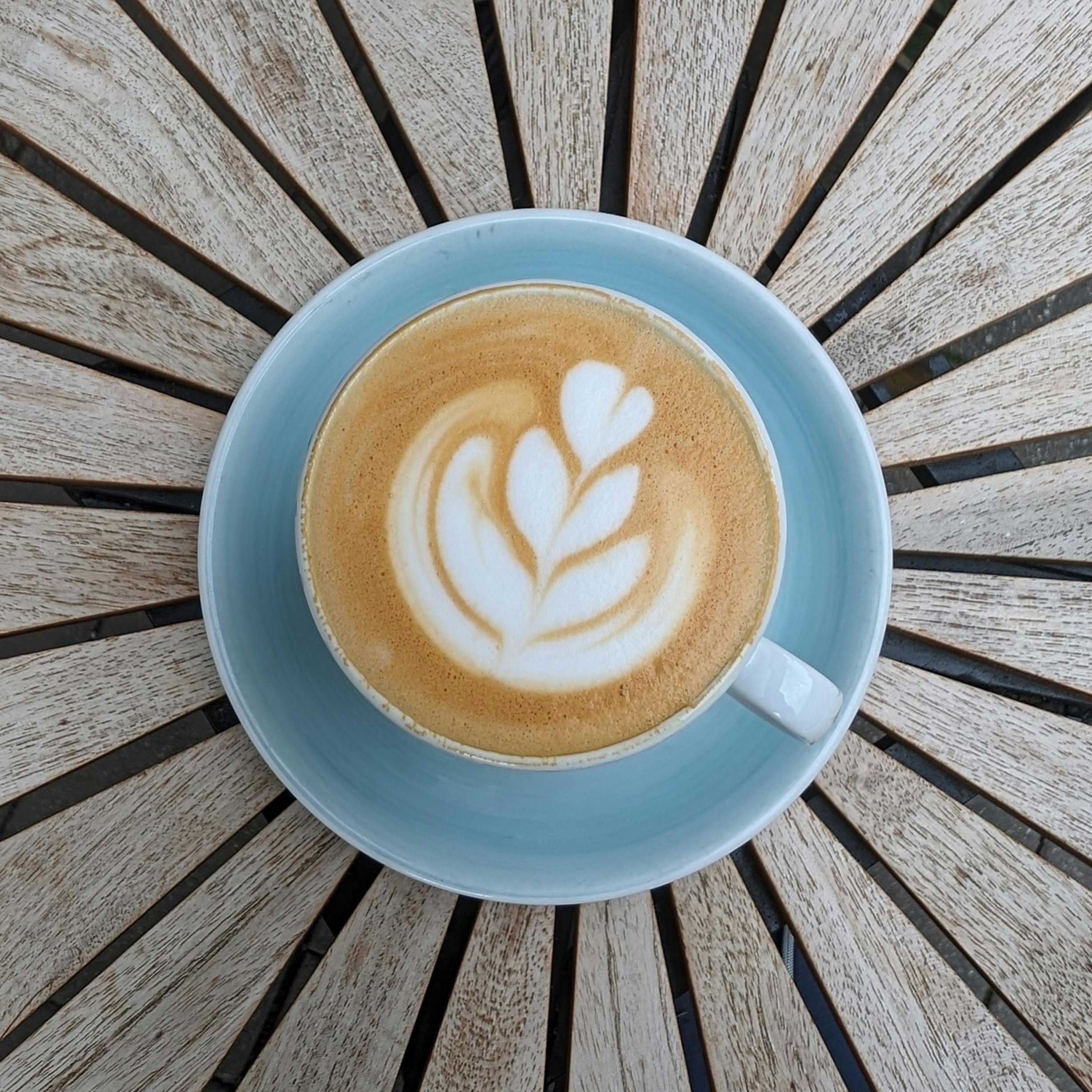Buying a Used Camera? What You Need to Know First
As an avid photographer, you know that quality equipment can be expensive. Buying a used camera is an appealing option to save money, but there are some important things you must consider first.
When you purchase a camera, you are taking on the risk that it may not function as intended or have hidden damage. However, if you go in prepared by doing thorough research, testing the camera fully, and ensuring it still has a reasonable lifespan left, you can get a great used camera at a fraction of the retail price.
With the money you save, you'll be able to invest in high-quality lenses and other accessories to take your photography to the next level. Follow these tips to find a used camera you'll love at a price you can afford.
Check the Camera's Shutter Count
When buying a used camera, one of the most important things to consider is the shutter count. The shutter count refers to the number of times the camera's shutter has been actuated to take a photo. DSLR and mirrorless cameras have mechanical shutters that open and close with each shot, and these shutters eventually wear out over time and use.
A higher shutter count means more wear and tear on the camera, so you'll want to make sure the count is reasonably within the camera's estimated shutter life. Most DSLR shutters are rated for 50,000 to over 200,000 actuations before failure. Check the camera's specs to determine its rated shutter life. If the current count is over 75% of the rating, you may want to negotiate the price down or look for another option.
You can check the shutter count a few ways:
Turn on the camera and check the shutter count in the settings menu. Many cameras openly display this info.
If not shown in the menu, you may be able to check by uploading a photo to a website like camerashuttercount.com. They can analyze the photo's metadata to determine the count.
As a last resort, you can have the seller send the camera to a camera shop to have the shutter count professionally checked for a small fee.
Try testing the shutter yourself by taking several shots in quick succession to ensure it sounds normal and there are no issues. Listen for any abnormal clicking or buzzing sounds.
Considering the shutter count and having it tested will help ensure you buy a used camera that still has plenty of life left to capture many memorable photos. Checking this one important factor can save you from an untimely and expensive shutter failure down the road.
Inspect the Lens for Damage
When buying a used camera, inspecting the lens for any signs of damage is critical. The lens is the most important part of a camera, and an imperfect or non-functioning lens renders the camera useless.
Examine the Lens Glass for Scratches or Fungus
Hold the lens up to a bright light and slowly tilt it to view it from different angles. Look for any scratches, marks, or imperfections in the glass. Also check for any signs of fungus, which can appear as spots. Either of these issues will affect image quality and require expensive repair or replacement.
Check That the Lens Focuses Properly
Attach the lens to the camera body and power on the camera. Aim at a subject at least 6 to 10 feet away. Press the shutter button halfway to autofocus the lens. The focus should be sharp and fast. Manually focus the lens to its minimum and maximum focal distances to ensure it focuses properly at all ranges. If it struggles to focus or makes grinding noises, it likely has internal damage.
Inspect the Lens Barrel and Mount
Examine the outside of the lens for dents, dings, or scratches on the barrel, as this indicates it may have been dropped or mishandled. The lens mount should fit perfectly onto the camera body with no wiggle or play. It should rotate smoothly to lock into place. If it’s loose, misaligned or does not lock, it will not function properly.
Test All Features of the Lens
If the lens has image stabilization or an autofocus/manual focus switch, test to make sure all features are working as intended before purchasing the camera. It is best to thoroughly vet the condition and functionality of a used lens to avoid disappointment or unforeseen repair costs down the road. With a careful inspection, you can get a high-quality used lens and many years of use from it.
Test Out All the Camera's Functions
To ensure you get a fully functional used camera, it is important to thoroughly test each of its core functions before purchasing.
Inspect the Exterior
Carefully examine the camera body and lens for any signs of damage like dents, scratches or corrosion. Check that all doors, covers and the LCD screen open and close properly. Verify that there are no issues with the lens mount or any external controls.
Confirm Sensor Functionality
Examine the camera's image sensor to confirm it is clean and scratch-free. Take a few test shots of a blank white surface to check for any spots or artifacts. Review the test images at 100% magnification to detect any signs of sensor damage.
Test the Shutter
Set the camera to manual mode and take a few shots at different shutter speeds to confirm the shutter is functioning properly at a range of speeds. Listen for any abnormal shutter sounds which could indicate damage or wear.
Review Additional Features
Test any additional features like autofocus, flash, image stabilization or Wi-Fi connectivity. Autofocus on different subjects at varying focal lengths and lighting conditions. Take a few shots with the flash enabled. If the camera offers image stabilization, take handheld shots at slower shutter speeds to confirm it is working. Connect to the camera's Wi-Fi to ensure no issues.
Capture and Review Sample Images
Take the camera outside and capture a variety of sample images in different modes like aperture priority, shutter priority and program auto. Photograph subjects at different focal lengths, lighting conditions and distances. Carefully review the images on the camera's LCD to confirm correct exposure, sharpness, color and overall image quality.
Following these steps will give you confidence in the functionality and image quality of a used camera before purchasing. Be sure to thoroughly test all aspects to avoid discovering any issues after the final sale. Ask the seller for a warranty or return policy in case any problems surface shortly after your purchase. With proper inspection, you can get a stellar deal on a fully-working used camera.
Ask About the Camera's Service History
When buying a used camera, inquiring about its service history is crucial. Ask the seller if the camera has ever needed major repairs. Cameras are complex devices with many moving parts, and previous damage or faulty components can lead to expensive repair costs down the road.
Check for signs of physical damage or excessive wear
Inspect the camera body and lens for dents, scratches or other visible damage that could impact function or longevity. Turn the camera on to ensure all displays, buttons and dials are working properly. Look through the viewfinder to check for dust or debris. Physically test all camera features like the flash, focus and zoom to confirm full functionality.
Ask if the shutter has been replaced recently
The shutter mechanism, which opens and closes to expose the camera sensor, has a limited lifespan and will eventually fail. Ask if the shutter has been replaced, and how many actuations or shots remain before it will need replacement. The cost to replace a shutter often exceeds the value of an older used camera.
Inquire about the camera’s usage and operating conditions
Ask how often the camera was used, in what type of conditions, and for what primary purpose. A camera used heavily by a professional in extreme weather conditions will likely have more wear and tear than a hobbyist’s camera used occasionally in normal conditions. Usage and operating conditions can significantly impact a camera’s lifespan and residual value.
Check the camera’s specifications and features
Make sure the camera has the resolution, shooting speed, video capabilities, connectivity options and other features that meet your needs. While a used camera can represent good value, it may lack functionality available in newer models. Check the camera’s specifications against your requirements before purchasing.
Asking the right questions about a used camera’s service history, physical condition, shutter health, usage details and specifications can help determine if it’s a good investment or a risky purchase. Do your due diligence to avoid ending up with a used camera that becomes a money pit.
Compare Prices Online Before Buying
When buying a used camera, doing thorough research on current market prices is essential to finding a good deal. Compare prices from multiple sources to determine a reasonable price range for the specific make, model, and condition of the camera you're interested in.
Check Completed Listings on eBay
Search eBay for completed listings of the exact used camera you want to buy. This will show you the prices that actual buyers recently paid. Look for listings with photos that show the camera in a similar condition to the one you're considering. The prices of the most recent sales, especially multiple sales within the past month, will give you an accurate estimate of the current market value.
Check Other Marketplaces
Expand your search to include other major marketplaces like Craigslist, Facebook Marketplace, and reputable camera retailers' used gear sections. Compare the asking prices to the recent eBay sold listings. Individual sellers may be willing to negotiate, but be wary of deals that seem too good to be true. They could indicate hidden damage or functionality issues.
Check Price Guides
Photography price guides like MPB and KEH Camera Buyer's Guide publish price ranges for used cameras in different conditions from "bargain" to "like new". Compare the price guides to determine an overall expected price for a camera in good working condition. Price guides provide a good baseline, but completed auction prices will give you the most up-to-date valuation.
Consider Accessories and Lenses
If you're buying a used DSLR or mirrorless camera, factor in the prices of any bundled accessories like lenses, batteries, memory cards and camera bags. The included accessories can significantly add to (or subtract from) the overall value of the package. Make sure any included lenses are compatible with the camera mount and are in good optical condition.
Comparing prices from multiple sources will empower you to negotiate the best possible deal on a used camera. Be prepared to pay market price for a high-quality used camera from a reputable seller. With some patience and research, you can find great value in the used camera market.
Conclusion
Once you've decided that buying a used camera is the right choice for your needs and budget, do your research to find a reputable seller and a model that suits your needs. Check that the camera functions properly, has minimal wear and tear, and includes necessary accessories before making your purchase. Buying used gear is an excellent way to get high quality equipment at a lower cost, allowing you to invest in the lenses and other tools that will help you pursue your passion for photography. With some patience and care in the selection process, you can find a used camera that will capture memories for years to come.
Get Free Presets for Lightroom created by top photographers to update your presets collection, save down on editing time, and open up new artistic horizons.

















